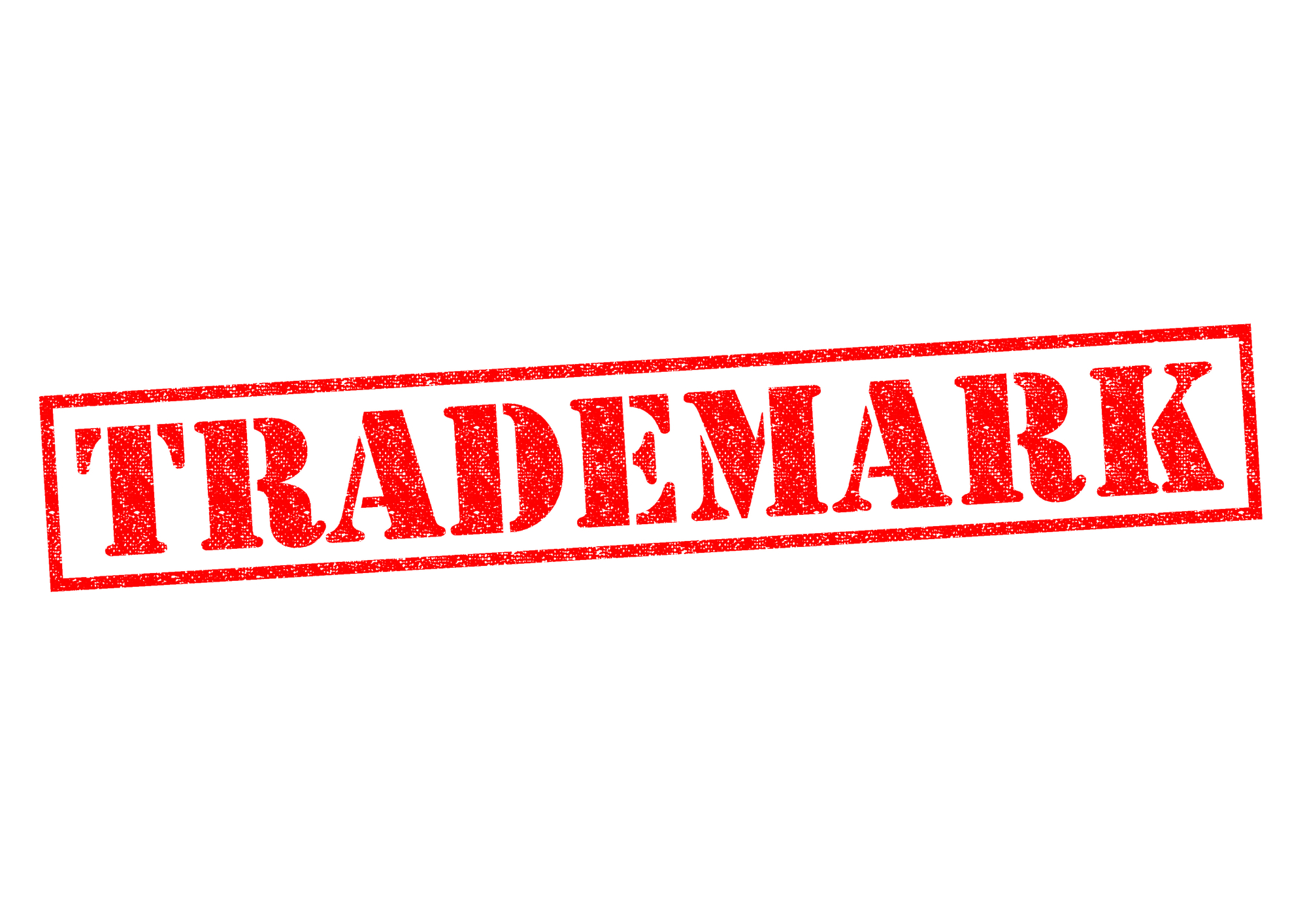On Friday, I had the privilege of speaking on a panel at American University Washington College of Law’s Intellectual Property Symposium in Washington D.C., which addressed the obstacles of obtaining and enforcing IP rights in the cannabis industry. Many of the questions asked were ones I’ve been working through for the last several years, so I thought it would be helpful to address them in this post, and to revisit some of the basic issues my cannabis clients face in protecting their brand assets.
First, here are a number of posts I’ve written on cannabis IP and trademarks that cover many of the issues we discussed:
- Cannabis Trademark Basics: What Makes a Mark Weak?
- Cannabis Trademarks: Immoral and Scandalous Matter?
- Cannabis Apps: Protecting Your Brand On Mobile Platforms
- Cannabis Branding: Choosing a Mark that Won’t Get You Sued
- Cannabis IP Licensing: It’s Complicated
The most pressing topic, of course, was how we should advise our clients to protect their brand assets, given the unique legal status of cannabis. As far as brand protection goes, federal trademarks are the most effective device for ensuring that consumers are able to identify your goods and services, and for ensuring that third parties are unable to copy your mark. A trademark is a word, phrase, symbol, and/or design that identifies and distinguishes the source of the goods of one party from those of others.
On one hand, owners of successful brands want to rest assured that other parties will not be able to exploit their brand without the brand-owner’s permission. But on the other hand, trademarks are extremely important from a consumer protection standpoint. From a public policy perspective, we want consumers to know where the goods and services they purchase are coming from, and to make informed purchasing decisions based on factors like quality and safety. The primary way for consumers to distinguish the goods of one company from the goods of another is via branding.
There are three ways in which a brand owner can establish trademark rights:
- By using the mark in connection with their goods or services (legally) in commerce (which establishes common law trademark rights);
- By registering the mark with the United States Patent and Trademark Office (USPTO) (which establishes more robust, statutory rights); and
- By registering the mark with an appropriate state trademark registry.
Registering a trademark with the USPTO is the best way to protect one’s mark, but, as we’ve discussed before, because cannabis is still illegal under federal law, and because one requirement for registration of a federal trademark is that the applicant has made “legal use” of the mark in commerce, the USPTO has continually refused to register marks for use on cannabis and any other goods and services that violate the Controlled Substances Act (CSA). Under the CSA, it is unlawful to sell, offer for sale, or use any facility of interstate commerce to transport drug paraphernalia, i.e., “any equipment, product, or material of any kind which is primarily intended or designed for use in manufacturing, compounding, converting, concealing, producing, processing, preparing, injecting, ingesting, inhaling, or otherwise introducing into the human body a controlled substance, possession of which is unlawful under the CSA.” These attempted registrations will almost always fail.
So how do cannabis businesses go about protecting their brands when federal trademark protection is unavailable to marks used on federally illegal goods and services? One way is to obtain registration for ancillary goods or services that do not violate the CSA. For example, if you manufacture a cannabis-infused beverage AND you produce and sell a non-infused version of that beverage, it may be possible to secure a federal trademark registration that will cover your non-infused beverages. The strategy here is to then assert a “likelihood of confusion” argument against any would-be infringers in order to prevent them from using your mark.
Another strategy we advise our clients to use is the state trademark registration process. Though the protection afforded by a state trademark is geographically limited to the state of the registration, at best, state trademarks tend to provide more extensive geographic protection and legal remedies than common law rights. Common law rights can be limited to the geographic area in which you are using the mark, meaning that if you only do business in San Francisco, your common law trademark rights could only protect you within the city of San Francisco. And if you want to avail yourself of the statutory remedies available to trademark owners in infringement cases, you will need to register your mark.
Regardless of whether you file for federal or state trademark protection, or whether you opt to develop a brand without ever registering anything, it is critical to ensure that your brand does not infringe on the rights of any third party. A mark does not need to be exactly the same as another mark in order to infringe that mark: the standard is “confusing similarity,” which is comprised of multiple factors and is highly subjective. This is why, prior to investing in brand development, consulting a trademark attorney and obtaining a comprehensive search report on your proposed mark is key. A thorough search is necessary to establish that your brand or logo will not infringe any other trademark, whether registered or not.
As we’ve stated before, the federal illegality of cannabis makes brand protection and trademark law particularly complex in this industry. Navigating state and federal trademark laws to protect your mark is possible, but requires some ingenuity.
























